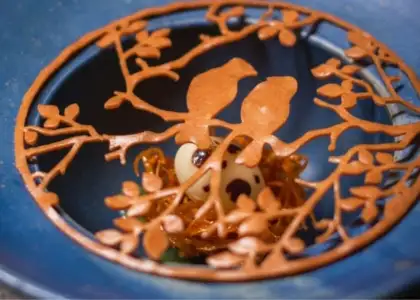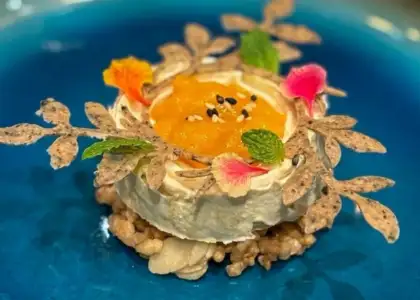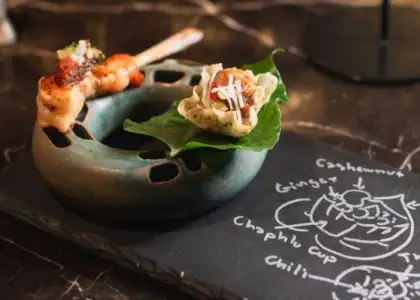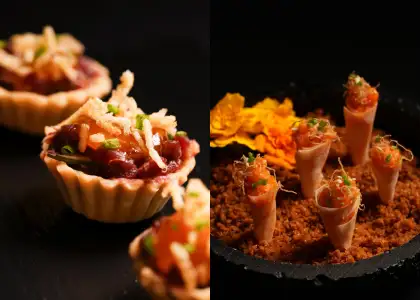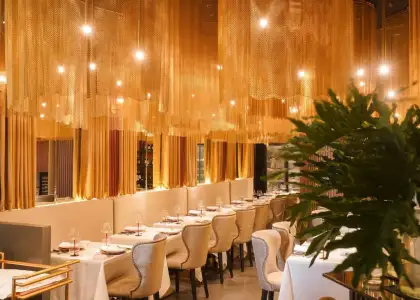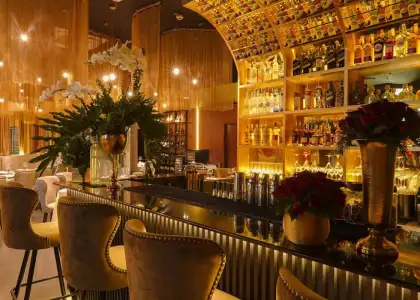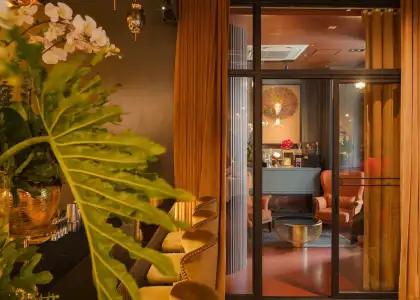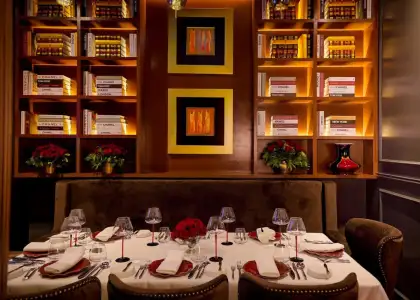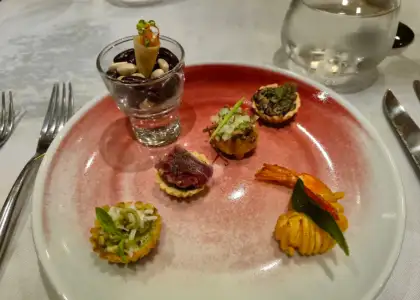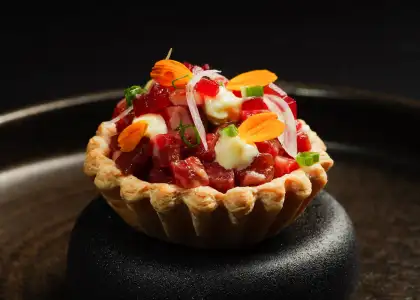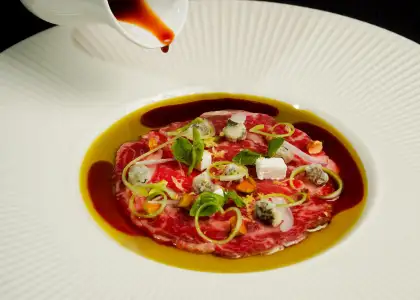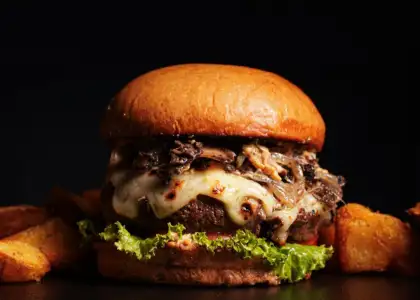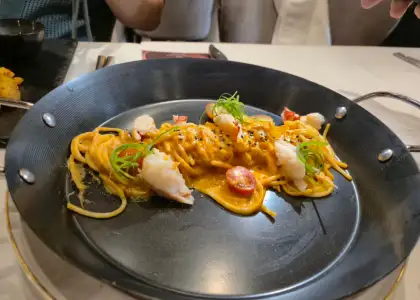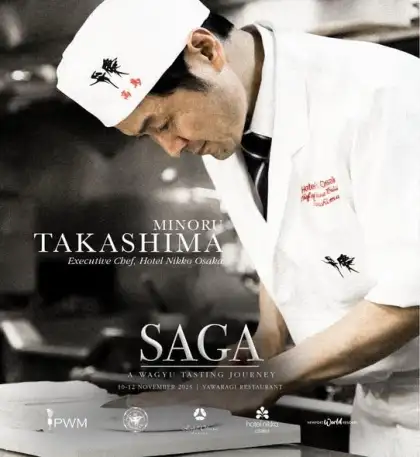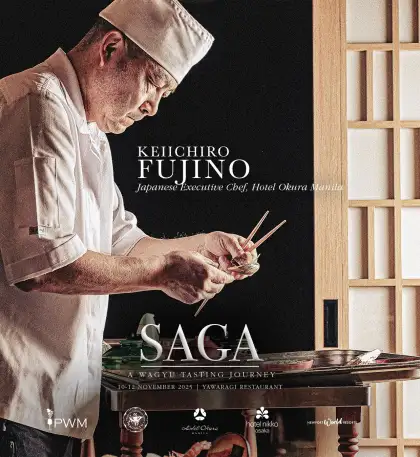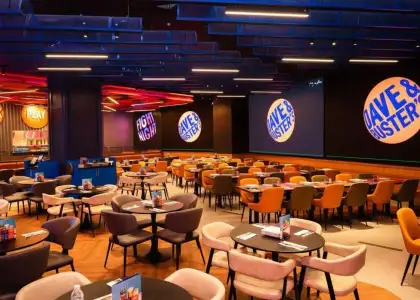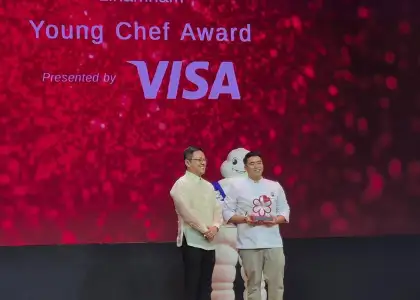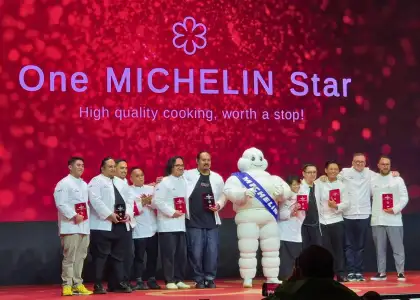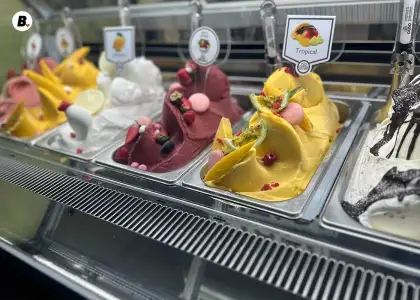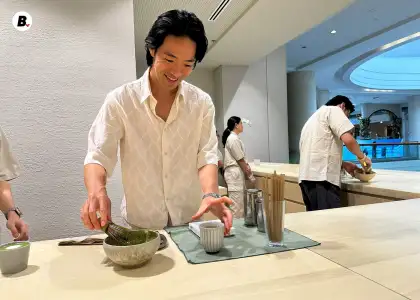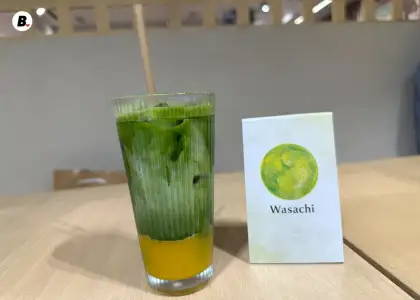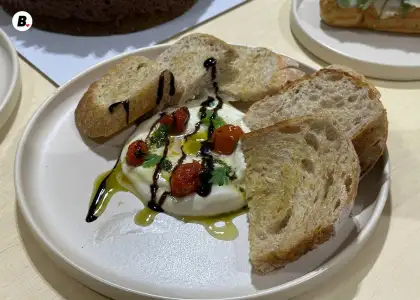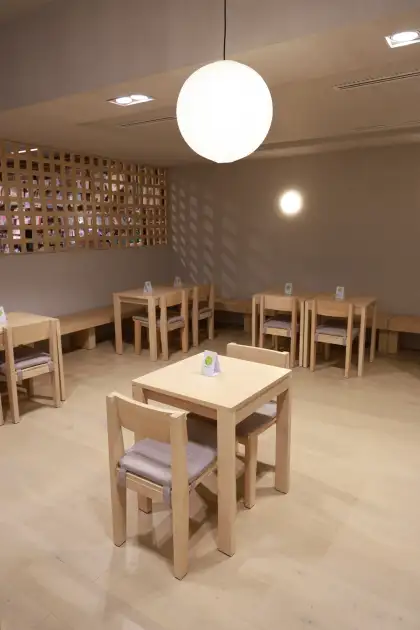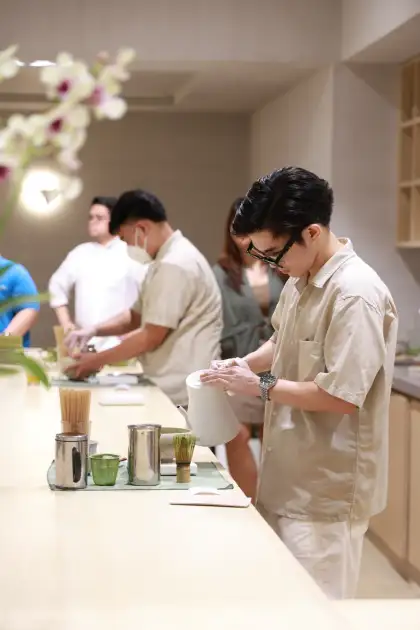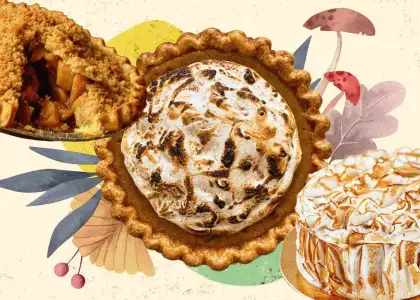What are the 8 Food Trends Shaping the F&B Industry 2024?

There are those who eat to live, but there are many more who live to eat. Among the latter are those in the F&B industry: chefs, restauranteurs, gourmands, and the many people who spend their time exploring the sensations of the palate.
One of their allies is Unilever, multinational consumer goods company best known for everyday pantry stapes such as Knorr, Lady’s Choice, and Selecta. You’ll be hard-pressed to find a kitchen that isn’t already equipped with Unilever essentials. This year, however, Unilever Food Solutions takes it one step further by officially launching a Future Menus report — an in-depth study that presents robust global data on eight global food trends shaping the culinary landscape today.
“Filipino buyers are more adventurous and curious than ever before. They seek new flavors and experiences, and so it’s no longer enough to simply give them delicious food,” noted Monica Reyes, Country Marketing Head of Unilever Food Solutions. “Innovation is what keeps our industry alive and growing further. Keeping up with trends is a significant aspect of running a sustainable food business, but to address these challenges effectively, we must skillfully translate the trends into dishes while maintaining operational efficiency and profit.”
For this, Unilever Food Solutions had compiled extensive input: from industry reports by third-party sources to social media analytics, perspectives from 250 of their own professional chefs, and feedback from 1,600 professional chefs outside their affiliation. Filtering down the vastness of this information, Unilever presents eight global food trends that restauranteurs and chefs can use as a guide for their very own future menus.
“Flavor Shock”
When it comes to food, a shock factor can work to the advantage of any chef. According to Unilever Food Solution’s report, diners want “wild fusion, chaos cooking, and a no-holds-barred approach” to their food. This spells good news for those who love to experiment and play around with ingredients, adding the unexpected to the familiar. Take, for example, a unique recipe of Adobong Pusit Paella; engineered by Chef Pipo Aluning, this dish infuses the flavors of Adobong Pusit with piquillo aioli! Strange, exciting – and a sure-to-be hit for diners!
“Low Waste Menus”
Even professional chefs admit that designing a low-waste menu can be difficult. Adjusting supply to demand often calls for a delicate equilibrium that can be difficult to achieve. But today, reducing waste is no longer just about sustainability, it’s about maximizing ingredients and pushing creative boundaries to empower a business.
A perfect example is the Sutokil na Isda recipe by Chef Brando Santos, which maximizes an entire tanigue fish via three cooking methods: grilling the belly (sugba), cooking the head in ginger and broth for Tinola, and then preparing the premium parts for ceviche, or kinilaw.
"Local Abundance"
Loving local is more than just a trend, it’s also a sustainable movement that’s practical for many business owners and restaurants. Prioritizing local ingredients – for example, swapping out lemons for calamansi, or balsamic vinegar for local varieties – can empower not just a business, but local farmers who are in need of support too.
“Modernized Comfort Food”
Comfort foods are often known as a nostalgic treat for many, but that doesn’t mean they can’t be innovated upon. Capitalizing on the emotional recall of certain foods, chefs can take the opportunity to add creative twists to recipes that may otherwise be ordinary or commonplace. Take Chef Brando Santos’ unique take on the usual chicken and waffles. He uses a bibingka mix to create the waffles and tops it off with salted egg and a coconut-arnibal glaze, adding depth and contrast to a savory sinigang fried chicken.
“Plant Powered Protein” and “Irresistible Vegetables”
The world of plant-based dishes is only expanding, especially as more people discover how exciting vegetables and other alternative proteins can be. Food doesn’t have to be indulgent to be flavorsome or delicious and recipes that utilize the natural aromas of herbs, fruits, plant-based alternatives, and vegetables only prove that further.
“The New Sharing”
Food has always been a way for people to bridge connections. However, post-pandemic, the meaning of sharing takes on a new, more dynamic meaning. Not only are diners more excited to share food with others, but chefs are taking time to embody generosity as well – with ingredients, recipes, menu ideas, and even pop-up menus and collaborations.
“Feel-Good Food”
Food is fuel and what we put into our bodies have a lasting effect on how we feel and how we get through the day. A very important trend that’s been noted is “Feel-Good Food” where diners prioritize holistic wellbeing through ingredients. A fantastic example of this would be Chef Kenneth Kacho’s shrimp salad bowl with calamansi dressing. Marrying quinoa with whole ingredients such as onions, fresh mangoes, and seafood, a single serving packs a well-rounded balance of nutrients.
The Future Menus Report, along with all aforementioned recipes, can be accessed here.
Get the latest curated content with The Beat Asia's newsletters. Sign up now for a weekly dose of the best stories, events, and deals delivered straight to your inbox. Don't miss out! Click here to subscribe.


